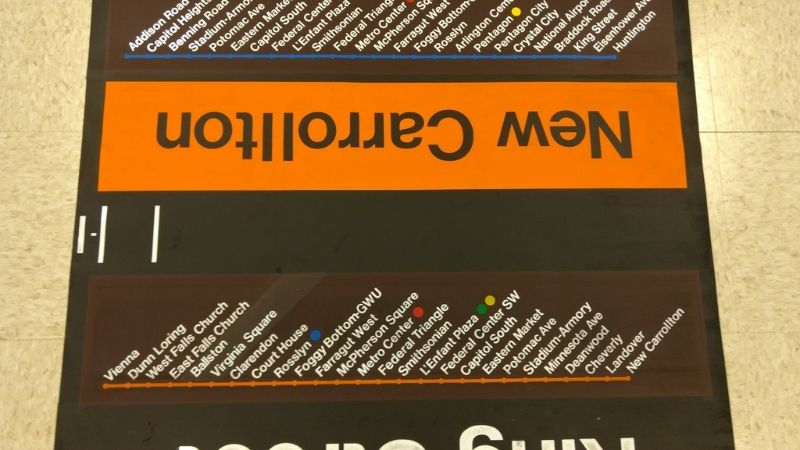"STrRedWolf"
Think hexadecimal with those CV strips (mind the computer programmer). The value there is 0x19, aka decimal 25, and the parity bit is set.
Unfortunately, this one will only go to 127 positions, because it's missing CV80.
You just went over my head because that kind of stuff is above my pay grade. Based on what's in the footer of your posts I am confident that you know what you are talking about.
Think hexadecimal with those CV strips (mind the computer programmer). The value there is 0x19, aka decimal 25, and the parity bit is set.
Unfortunately, this one will only go to 127 positions, because it's missing CV80.
You just went over my head because that kind of stuff is above my pay grade. Based on what's in the footer of your posts I am confident that you know what you are talking about.
John in the sand box of Maryland's eastern shore.



